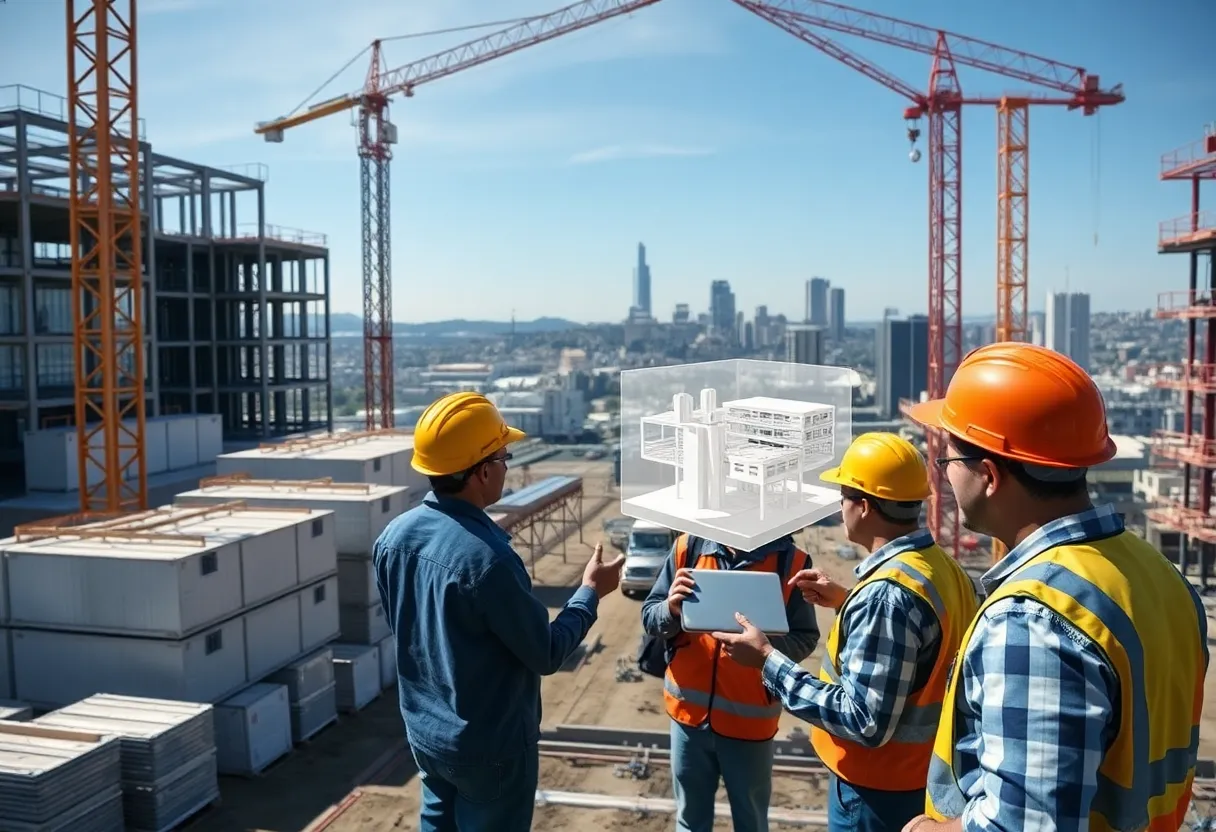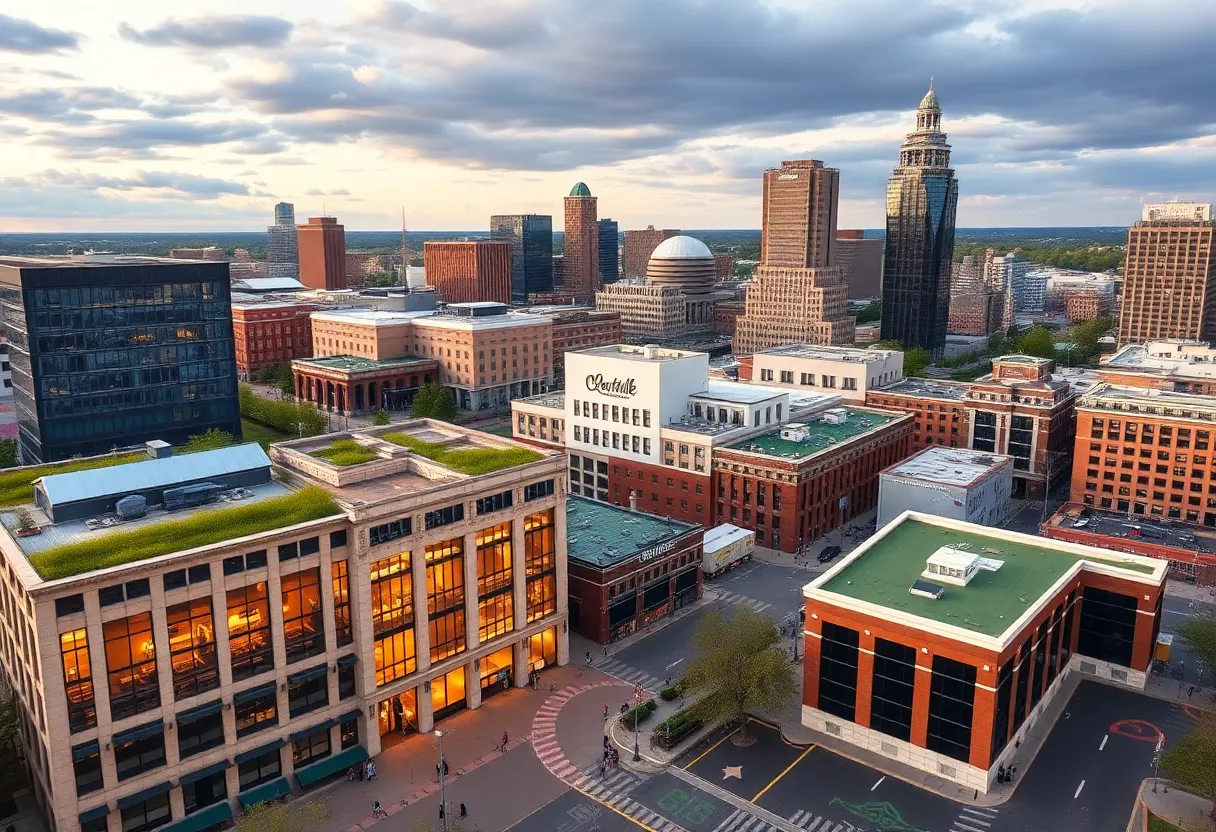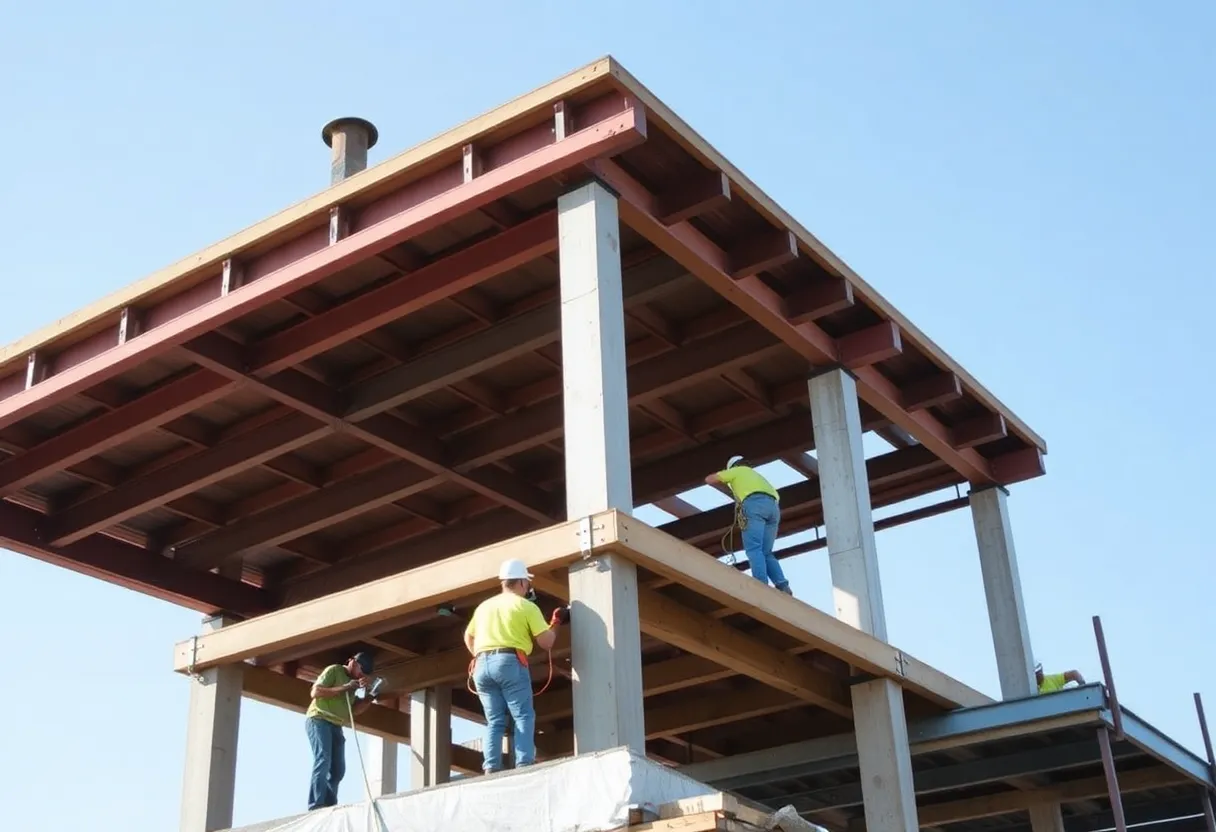Bay Area, August 24, 2025
News Summary
The Bay Area building industry is under pressure from rising wages, new material tariffs, tighter permitting and a shrinking labor pool. Firms are responding by accelerating digital adoption—using BIM, analytics and cloud document platforms—and increasing prefabrication to reduce onsite risk and rework. Large projects face complex approval layers and potential property tax reassessments, so builders are flagging triggers early and building contingencies. Workforce forecasting, CPM scheduling and integrated design-build offerings help manage timelines and client disruption. ADU demand continues amid high regional costs, while firms that combine foresight and disciplined execution can reduce risk and gain advantage.
Bay Area construction faces rising costs, tighter permitting and faster tech adoption
The Bay Area’s building industry is under pressure from rising wages, new material tariffs, tighter permitting and a shrinking pool of workers, while firms speed up use of digital tools and offsite prefabrication to keep projects on track. Major commercial and infrastructure builds must now balance larger budgets and complex approval layers with real-time budget updates, supply chain shifts and a focus on quality to avoid costly rework.
What is happening now
Across the region, construction costs are climbing in nearly every category. Labor rates in tech-centered cities are well above traditional norms, with wages pushing past $19 per hour in some communities and state minimum pay rising again in early 2025. New federal tariffs in the first half of 2025 drove spikes in raw-material prices, notably for timber and steel, forcing firms to rework budgets and alter sourcing plans during active builds.
At the same time, permitting and tax rules create added uncertainty. Large projects often carry budgets of $50 million or more, multiple funding sources and many layers of approval. Builders report that incomplete filings or missed deadlines can trigger costly property tax reassessments when upgrades extend a building’s useful life or change its use. Common triggers include adding elevators, converting attic space, or major electrical upgrades — items that experienced builders now flag in planning conversations.
How firms are responding
Contractors are adopting a mix of operational practices and digital systems to manage complexity. Building Information Modeling (BIM) and virtual design platforms are becoming standard on large jobs to reduce design conflicts and cut change orders by allowing virtual walkthroughs before work starts. The global BIM market was valued at about $7.92 billion in 2025 and is projected to expand significantly by 2034, reflecting broad interest in these tools.
Digital document platforms, construction analytics and workforce management software are used to keep everyone working from the same model, share schedules and track field reports. Analytics are increasingly used not just for reporting but for making on-the-fly decisions, such as reallocating crews between nearby sites when a trade falls behind. Prefabrication for framing, MEP systems and facades is also gaining ground to cut weather risk and shorten onsite installation.
Workforce and scheduling pressures
The Bay Area’s tight labor market and high pay rates make staging crews, ordering materials in advance and buffering for delays much harder. Rework can be a large cost driver — it can account for up to 30% of construction costs in some settings — so teams that hire third-party quality specialists and use continuous punch lists can limit surprises. Firms are using the Critical Path Method (CPM) to identify tasks that control overall timelines and to find where buffer time or acceleration is possible.
Workforce forecasting is as important as materials procurement for firms juggling multiple large projects. Construction HR platforms now handle onboarding and compliance tasks to free managers to focus on safety, performance and aligning crews by skillset, location and sequence.
Housing, ADUs and permit trends
Permit counts for new homes across the state have trended lower since 2019, with the San Francisco metro permitting far fewer units in recent years than before. The decline in permitted homes could tighten housing supply and push affordability issues further. Accessory dwelling units (ADUs) remain a popular way for homeowners to add living space or rental income. Typical ADU costs in the Bay Area start around $500 per square foot, with example projects showing several hundred thousand dollars in construction cost but potential to boost property value and produce rental income. Local rules vary widely on ADU placement, size and allowable rental terms, so builders and homeowners must check city rules early.
Big projects and communication
Large-scale efforts such as public infrastructure, multifamily towers and institutional buildings require clear communication among architects, engineers, subcontractors and city agencies. Industry groups warn that communication missteps on large projects can dramatically derail timelines and inflate budgets. Best-practice teams assign roles early, set expectations clearly and make sure all stakeholders work from the same digital model to avoid scope drift.
Example operational shifts
On the operations side, analytics can highlight lagging activities and enable managers to shift resources between sites before delays compound. Prefabrication and modular work reduce onsite labor demand and mitigate weather-related downtime. Firms that anticipate reassessment triggers and build tax and permit contingencies into budgets help clients avoid surprise tax bills.
Local renovation market and service offerings
Home renovation firms in the Bay Area are expanding service lines to meet demand for sustainable upgrades, improved accessibility and energy efficiency. Some design-build firms now offer integrated design and construction services to streamline client experience and manage all phases of work from small kitchen updates to full home remodels. These firms emphasize planning, document control and phased schedules to reduce homeowner disruption and align outcomes with client expectations.
Outlook
The Bay Area presents both recurring challenges and opportunities for innovation. Economic volatility, high wage levels and tariff-driven material costs will keep pressure on project budgets and schedules. Firms that combine foresight, disciplined execution and digital fluency — planning six months ahead, building multiple floors simultaneously where possible, and focusing on quality at every stage — can reduce risks and gain a competitive edge.
Frequently asked questions
What is driving construction cost increases in the Bay Area?
A mix of higher labor wages, renewed state minimums, federal tariffs on key materials, tight local labor markets and added permitting and tax compliance costs are pushing construction prices up across categories.
How do tariffs affect project budgets?
Tariffs raise raw-material prices for goods such as timber and steel. That forces firms to update budgets in real time, seek alternative suppliers or change material selections and delivery timing.
Why are digital tools important now?
Tools like BIM, cloud document platforms and construction analytics reduce design clashes, cut change orders, keep teams coordinated and enable faster, data-driven decisions on the job.
What should homeowners know about ADUs?
ADU costs start around $500 per square foot in the region and vary by size and site complexity. Local rules differ on size, setbacks and rental terms, so check permit requirements early and work with experienced ADU builders.
Can renovations trigger higher property taxes?
Yes. Major upgrades that extend a building’s life or change its use can trigger reassessment under state rules. Examples include adding elevators or making major structural or electrical upgrades. Planning for this at the start helps avoid surprises.
How can large projects avoid schedule slippage?
Clear role assignment, early scheduling, CPM analysis, workforce forecasting, prefabrication and continuous quality checks help prevent small gaps from becoming critical delays.
Key features at a glance
| Topic | Current impact | What builders should do |
|---|---|---|
| Rising labor costs | Higher wages and tightened crews increase budgets and slow timelines | Use workforce forecasting, adjust pay packages, and prioritize critical crews |
| Material tariffs | Higher timber and steel prices force budget revisions | Lock pricing where possible, diversify suppliers, and update budgets in real time |
| Permitting and tax reassessment | More layers of review and potential reassessment add cost risk | Flag reassessment triggers early and coordinate with city agencies |
| Digital tools (BIM, analytics) | Reduce change orders and speed coordination on complex projects | Adopt shared models, use analytics for resource shifting and schedule control |
| ADUs and renovations | Strong homeowner demand; costs elevated by regional rates | Work with design-build teams and verify local ADU rules early |
| Prefabrication | Shortens onsite time and reduces weather risk | Integrate modular components where feasible and coordinate logistics early |
Deeper Dive: News & Info About This Topic
Additional Resources
- NOA Design & Build expands to elevate Bay Area renovations (Jacksonville.com)
- Wikipedia: Home renovation
- Delivering excellence in the Bay Area — Rami Tawashas (Ritz Herald)
- Google Search: Rami Tawashas construction
- Berkeley’s People’s Park closed for construction (NBC Bay Area)
- Google Scholar: People’s Park Berkeley construction
- Best ADU builders in the Bay Area (SFGate)
- Encyclopedia Britannica: Accessory dwelling unit
- California housing construction & development (San Francisco Chronicle)
- Google News: Bay Area construction rising costs
Author: Construction FL News
The FLORIDA STAFF WRITER represents the experienced team at constructionflnews.com, your go-to source for actionable local news and information in Florida and beyond. Specializing in "news you can use," we cover essential topics like product reviews for personal and business needs, local business directories, politics, real estate trends, neighborhood insights, and state news affecting the area—with deep expertise drawn from years of dedicated reporting and strong community input, including local press releases and business updates. We deliver top reporting on high-value events such as the Florida Build Expo, major infrastructure projects, and advancements in construction technology showcases. Our coverage extends to key organizations like the Associated Builders and Contractors of Florida and the Florida Home Builders Association, plus leading businesses in construction and legal services that power the local economy such as CMiC Global and Shutts & Bowen LLP. As part of the broader network, including constructioncanews.com, constructionnynews.com, and constructiontxnews.com, we provide comprehensive, credible insights into the dynamic construction landscape across multiple states.





